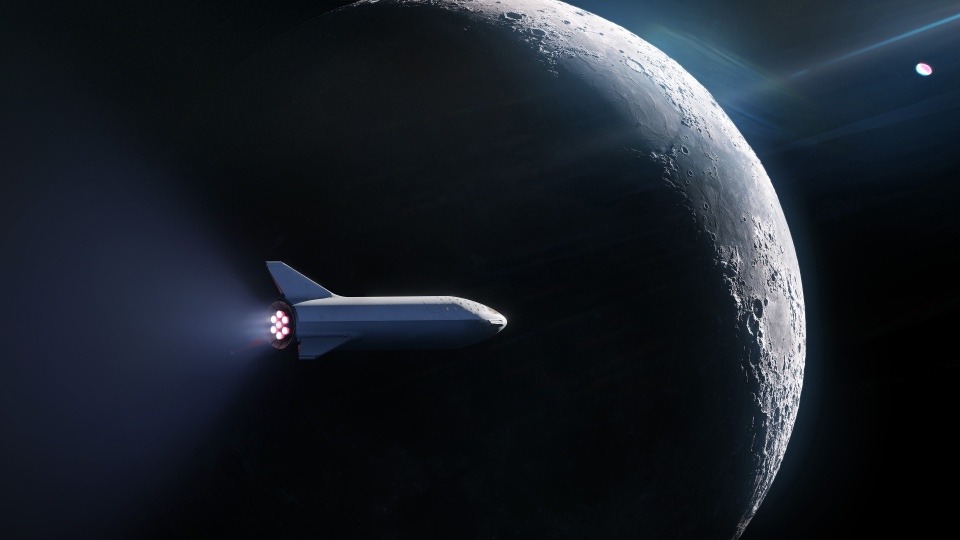A major development for the future of rocket design could enable humans to go deeper into space than ever before.

Rocket science is founded on Newton’s third law: for every action, there is an equal and opposite reaction. In practice, this means that blasting burning fuel downwards gives you enough upwards push to get a rocket-propelled craft off the ground and into space. Once there, it can travel easily through the perfect vacuum of space, reaching impressively high speeds. Voyager 1, launched in 1977, passed through the edge of the solar system in 2012 and is now over 14 billion miles away, travelling at 38,000 mph.
But for deep space exploration, such as a human mission to Mars or an interstellar probe, we really need to improve the travel time.
For that you need a better propulsion system. Relying on chemical combustion alone means carrying heavy fuel with you and that’s a non-starter for space missions. Instead, a way forward is to use plasma: a fourth state of matter (along with solid, liquid and gas), so hot that it has broken down into charged particles. Plasma propulsion is much more fuel efficient and can operate for much longer.
So, what’s the downside? For optimum thrust the plasma needs to leave the spacecraft as a focused jet. Solutions so far have relied on using cylindrical cavities that guide the plasma, making sure that it doesn’t spray out in all directions. Over time, however, the cavity walls will degrade, which does little for its longevity.
Results published recently in Applied Physics Letters demonstrate a new approach that doesn’t need cavity walls. Instead, a set of electrodes generate a flow of electrons at the edges of the plasma, creating magnetic forces that push back on the natural expansion of the charged particles.
The Princeton Plasma Physics Laboratory group have already built a mini prototype that produced a focused plasma jet with high thrust-density and improved plasma stability. This is a major development for the future of rocket design. Plasma jets could significantly cut the time it takes to traverse our solar system, making it far more feasible for humans to visit Mars and beyond.
This piece is a preview from the Witness section of our New Humanist spring 2022 edition. Subscribe here.

